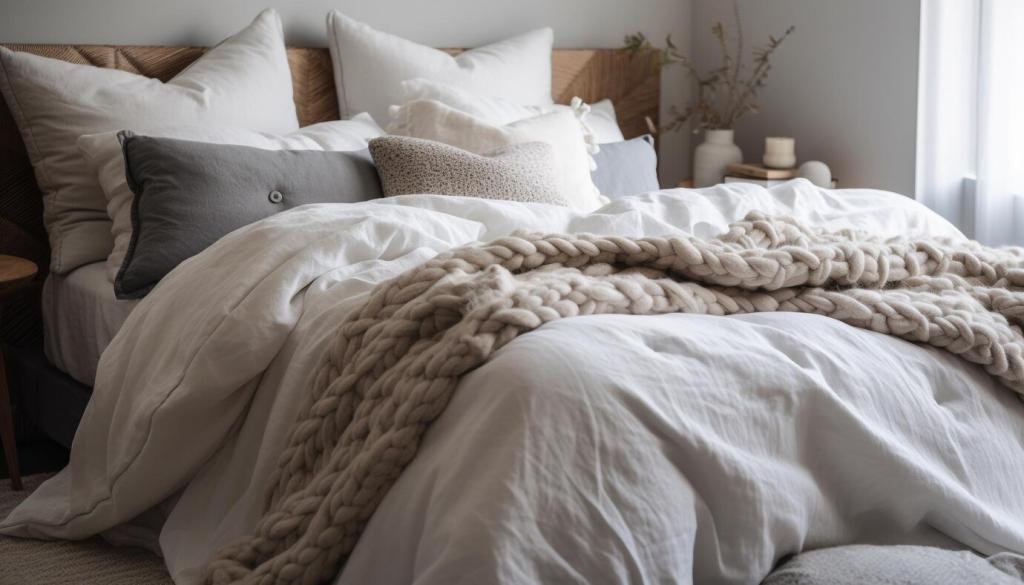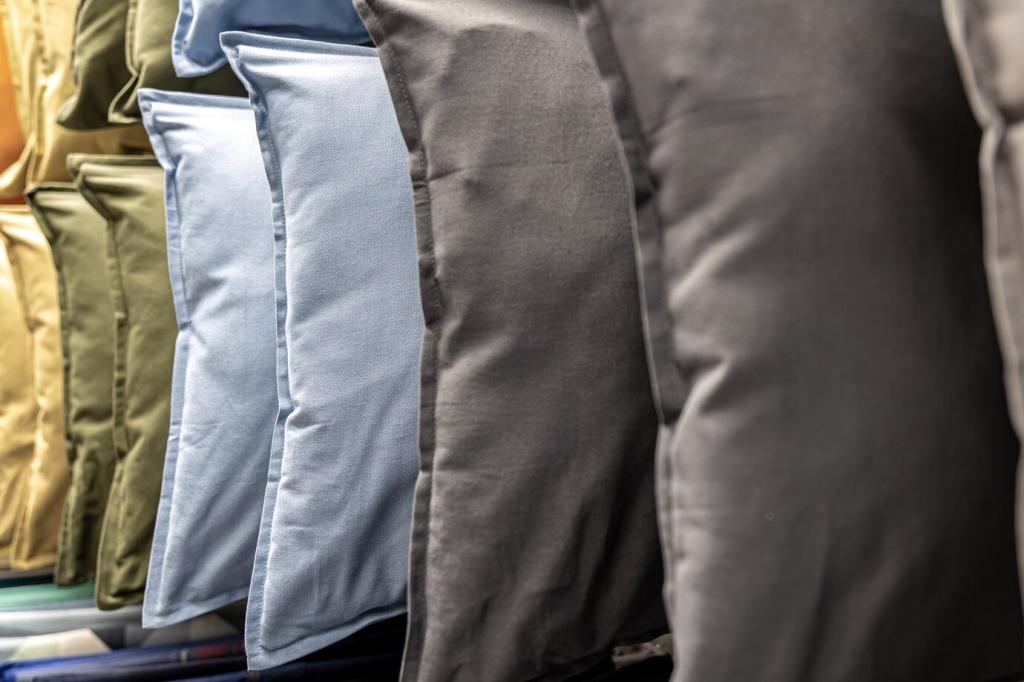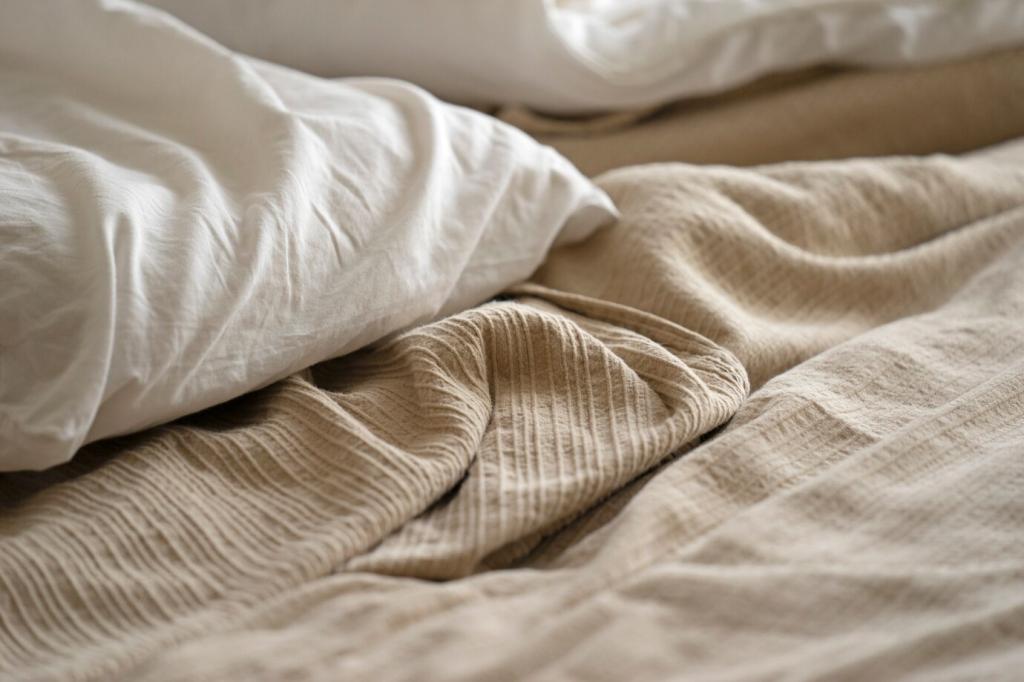Transparency You Can Feel
Look for clear fiber content, country of origin, mill details, and independent verifications. Social standards like SA8000 or BSCI and chemical safety labels like Oeko‑Tex are signals, especially when paired with recent, accessible reports.
Transparency You Can Feel
Robust brands share batch numbers that link to farm groups, reeling houses, and dye lots via QR codes. Audits should include corrective actions and timelines, not just badges. Transparency is a living process, not a trophy.








